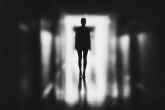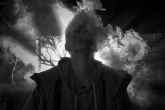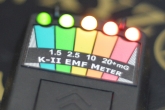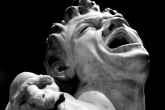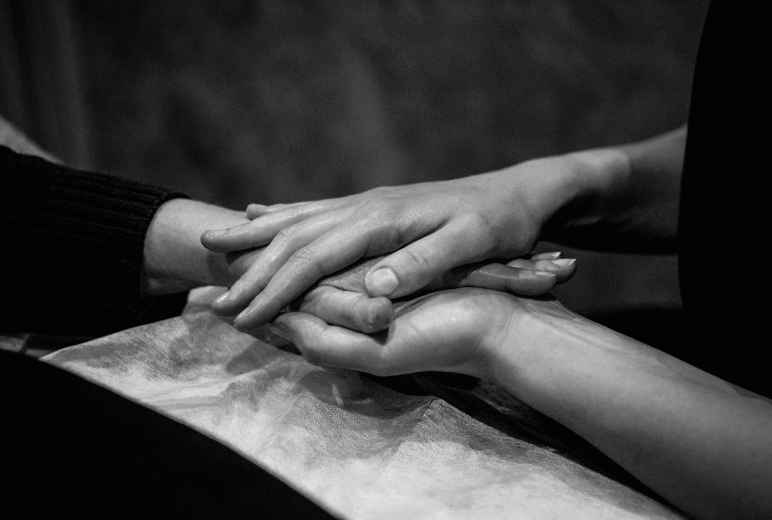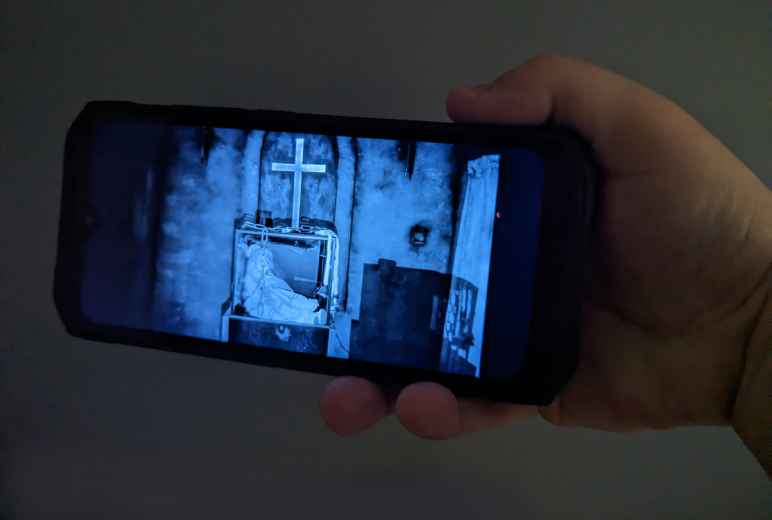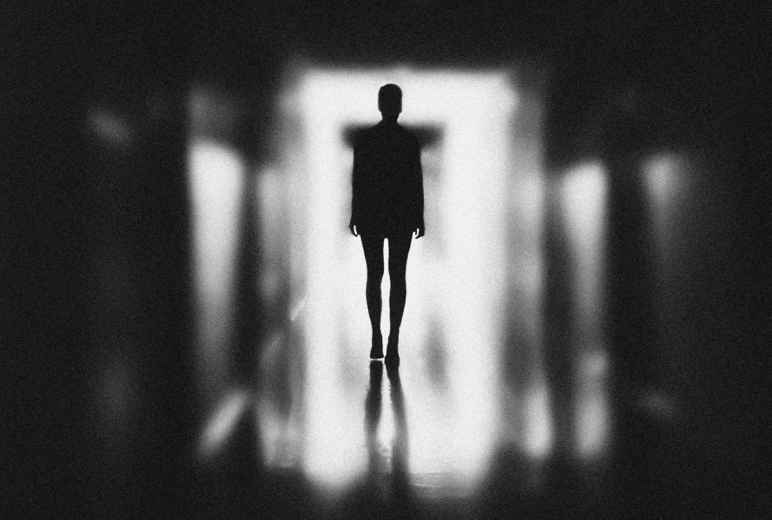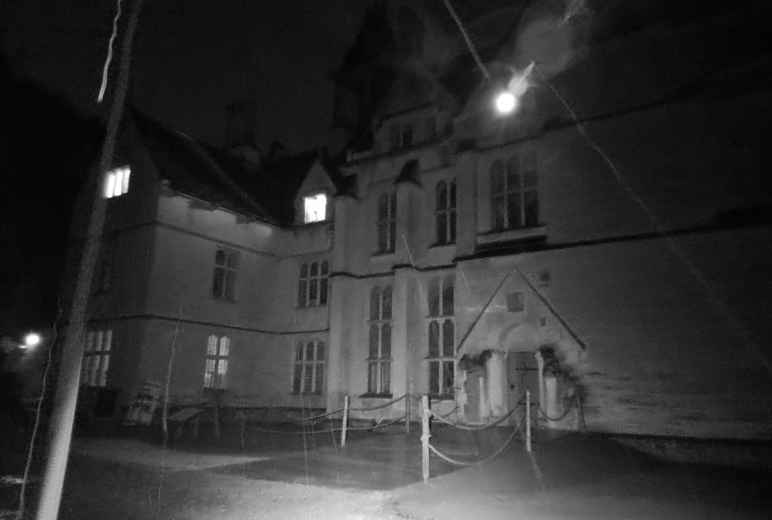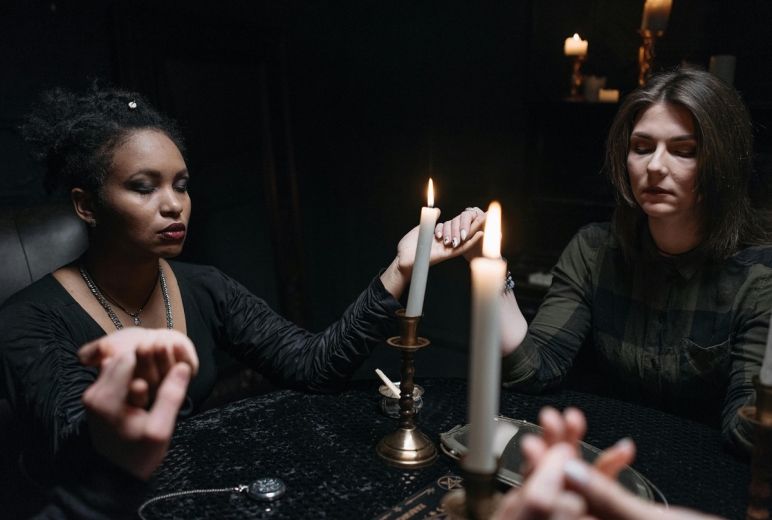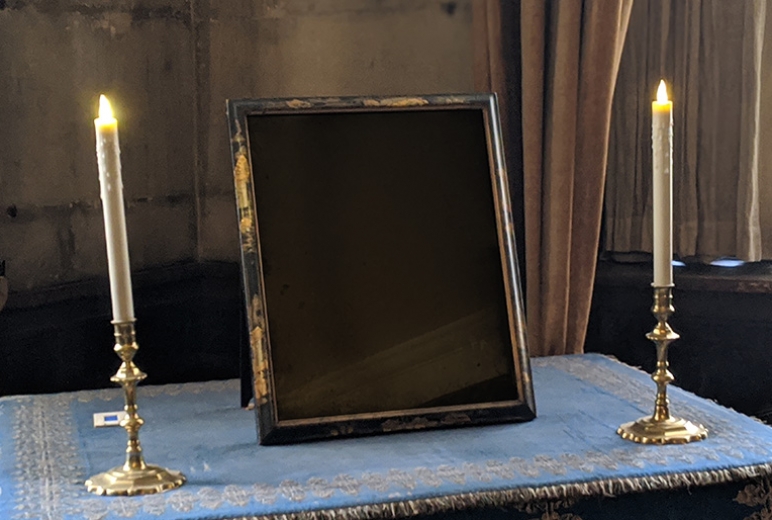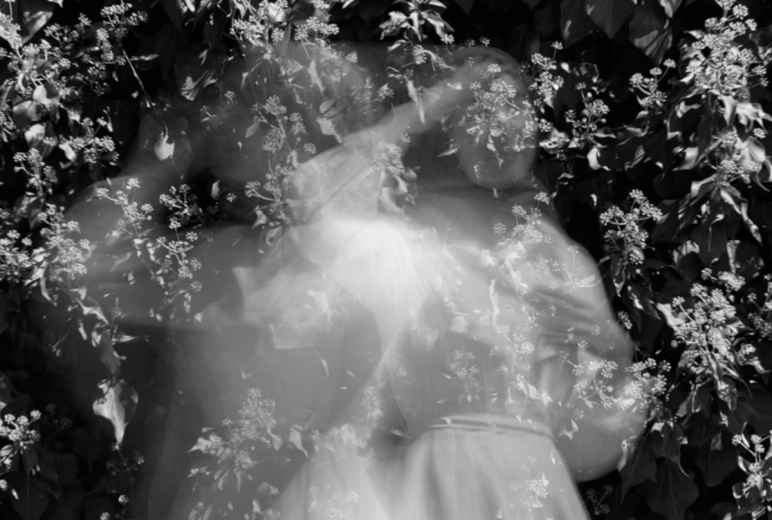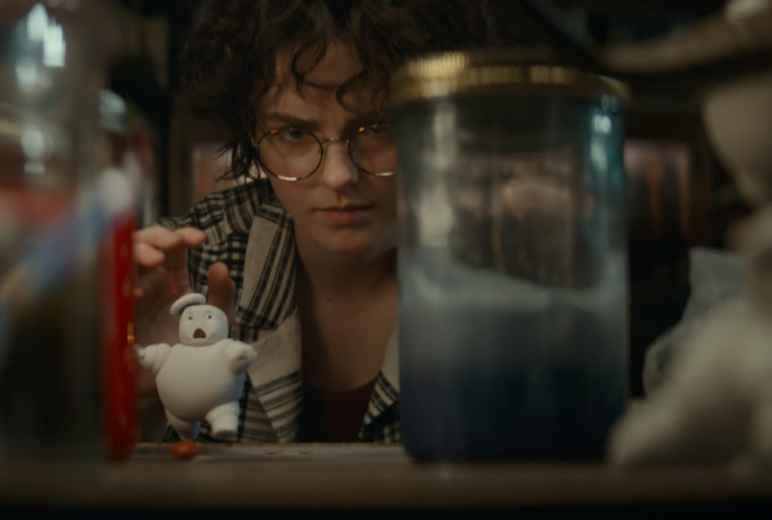Ghost And Spirit Classifications
March 07, 2017 7:41 AM ‐ Paranormal • Ghosts
This article is more than seven years old and was last updated in March 2022.
Could you tell the difference between a class-5 free-roaming vapor and a full-torso vaporous apparition? The Ghostbusters had their own way of classifying the ghosts the hunted, but what about real life paranormal investigators?
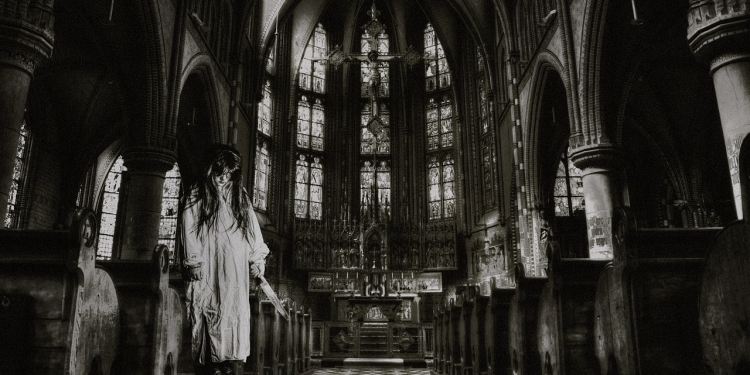
Photo: pixabay.com
If you've ever watched a ghost hunting show on television or attended a paranormal investigation, then you may have heard investigators refer to specific types of ghosts.
The five categories are shadow haunting, residual haunting, intelligent haunting, poltergeist haunting and demonic haunting, but trying to apply these same categorisations can be tricky due to a few contradictions and flaws in the labels commonly used.
Since ghosts aren't proven to exist, the five types of hauntings detailed below aren't backed in science and have very little to support them, but they are presented as reference as these are terms that ghost hunters commonly use. They describe everything from psychic energy, through to seeing a shadow out of the corner of your eye to a full-blown demonic haunting with malevolent intent.
1. Shadow Haunting
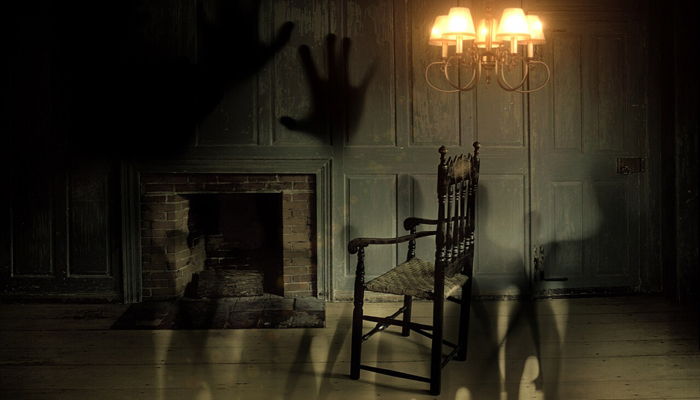
Shadow hauntings are said to be a very common type of haunting that many of us will have experienced. Perhaps you've woken up suddenly in the night and seen a dark figure standing over the foot of your bed. Those who have experienced this type of haunting call the figures either shadow people or shadow creatures.
These aren't ghosts or spirits as such, they're more a feeling that you're being watched, that someone is in the room with you or often a shadowy mass or figure seen through you peripheral vision, in a fleeting glance or out of the corner of your eye.
The figures, which are said to be able to pass through walls, are sometimes described as a hooded figure in black. They have no facial features, vary in size from that of a child to an adult but paranormal researchers believe they are not the spirits of humans.
Psychologists believe the sightings of shadow people are an example of pareidolia, our subconscious tendency to turn random patterns into identifiable objects, such as 'the man on the moon' or in this case, someone in the shadows.
The problem with this categorisation of a ghost is that a shadow could also be a residual haunting or even an apparition associated with an intelligent haunting. Shadows have also been linked to poltergeist cases and of course a dark mass is common in demonic cases.
Advertisement ‐ Content Continues Below.
2. Residual Haunting
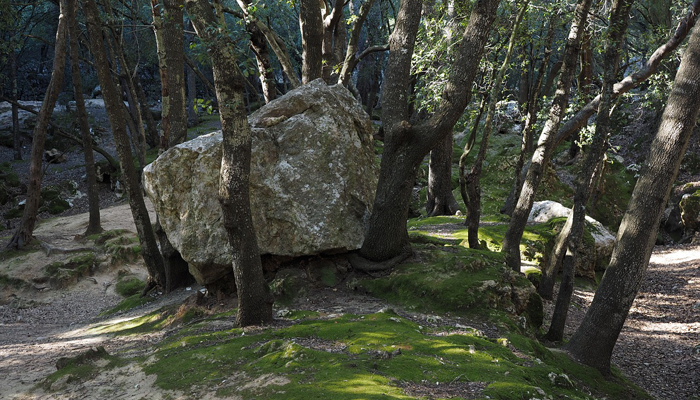
Photo: pixabay.com
Residual hauntings are a common type of haunting, although witnesses of residual haunting aren't actually seeing a ghost or spirit, they're actually picking up on the residual psychic or emotional energy of an event that took place at that location in the past. For this reason, residual hauntings are sometimes called place memories.
TV ghost hunter, Richard Felix says that a residual haunting are an imprint of negative energy that have been left behind by someone who suffered a tragic traumatic premature death, usually a murder, suicide or execution.
"The energy used by the body and the brain in resisting death can be so immense that those events can be replayed either on the anniversary of the event or when the atmosphere is similar."
Richard Felix, Most Haunted
Richard says that the energy surrounding a tragic death is captured and stored like a video recording in the surrounding bricks, woodwork, the stone and possibly even the soil. When the conditions are right, these materials released this energy and you see the event occur in exactly the same position as it did years ago.
The vision seen during a residual haunting are not aware of you or their surroundings, they cannot interact with you and will ignore your presence.
A residual haunting can be a vision, but can also be the sound of footsteps or other noises being replayed from the past or a sense of foreboding in a particular room or location where something traumatic has occurred. They are benign and non-threatening.
It's not known whether these events replay for anyone or just those who are open to these types of energies or who have psychic abilities. However it's known they occur more commonly in older buildings, this is most likely because these building contain more stone, wood and natural elements.
A residual haunting is perhaps the most robust of these categorisations as it has some distinct characteristics, the fact it repeats and is non-interactive. However, there's nothing to say that an intelligent haunting might also be stuck in some kind of loop which would make it appear like a residual haunting.
3. Intelligent Haunting
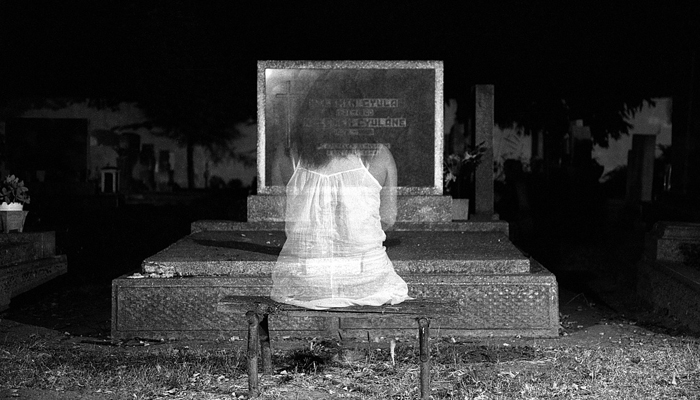
Photo: pixabay.com
Intelligent hauntings, also known as interactive hauntings are what most people consider to be a "ghost," it is a "traditional" or "classic" haunting.
In these type of haunting a ghost or spirit may manifest or communicate in some other way, this can include leaving signs, clues or moving objects. It also believed that intelligent hauntings are the cause of cold spots in rooms. However the spirits usually don't intend to cause any harm to those who encounter them.
Often in intelligent hauntings, the spirit requires help from the living world or has a message deliver to those they have left behind. The spirit might not know they have passed but often have unfinished business and may need help to pass on.
Unlike shadow haunting, these type of hauntings can result in identifiable apparitions with facial feature and clothes.
Since intelligent hauntings are said to be able to move objects in order to communicate, it could be very easy to confuse this type of haunting with a poltergeist. It gets much more complicated if you believe that ghosts have a personality or intent. In the world of the living we get good and bad people, so the same must be true of ghosts. If a ghost is evil, how can you tell it apart from a mischievous poltergeist or even a demon?
4. Poltergeist Haunting

Photo: pixabay.com
Poltergeist hauntings are an escalated form of intelligent hauntings but the spirit is often violent, threatening and malevolent. The word poltergeist means "noisy ghost" from the German "poltern geist."
Poltergeist hauntings most frequently focussed around young adolescent girls but affect the whole household or family. The activity usually starts out slowly and in a playful manner but the increase in intensity, slowly becoming more and more malicious. However, just as suddenly as poltergeist activity starts, it can abruptly end, never to be repeated.
Poltergeists can show themselves in many different ways including by throwing or moving moving objects, producing foul smells, turning lights or appliances on or off, and by making screams and other loud noises.
On rare occasions it's been reported that poltergeists have intentionally attacked people by pushing, hitting, biting or scratching them.
Traditionally poltergeists have been linked to young family members living at a haunted location, today ghost hunters claim to encounter poltergeists even in locations that aren't lived in, which shows up a major contradiction in this description. It's also impossible to tell whether an object being thrown is poltergeist activity or the signs of an intelligent spirit, Similarly a violent attack could be the work of a demon or a malevolent human spirit.
5. Demonic Haunting
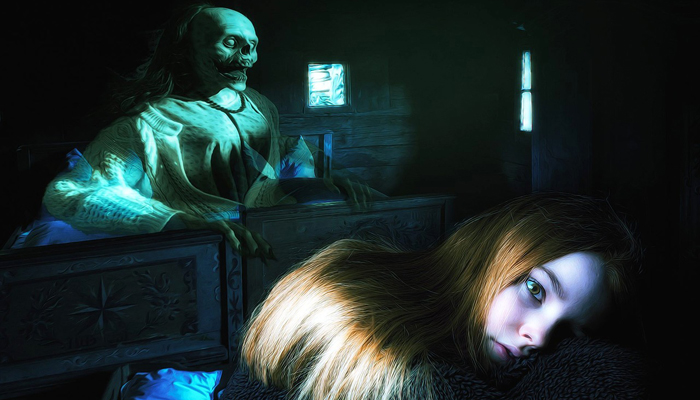
Photo: pixabay.com
Demonic hauntings are rare but terrifying occurrences. While other hauntings are the result of deceased humans spirits, demons were never human and exist purely as malevolent energy which is intent on causing suffering to those that it haunts.
Those who have reported seeing demons have usually described them as being hideous, grotesque or evil looking, however in some reports the demons take an angelic form and use their beauty to convince their victim to do their evil deeds.
However a demon appears, its intentions are always the same. They aim to break down their victim's free will, to weaken them so that the demon can possess and control them.
As well as possessing humans, demons can also attach themselves to objects, most commonly dolls.
Many of the hallmarks of demonic haunting match those of a poltergeists, but carried out by a non-human entity and much more benevolent.
Like poltergeist hauntings, activity often starts out slowly and non-menacing but as the demon grows in strength paranormal activity increases, it can result in full apparitions, unpleasant smells and physical attacks on humans.
Demons are deceitful, they often try to trick their victims into thinking that they presence has left them, while it quietly waits for an opportunity to take advantage of the victim when they are weak and at their most vulnerable.
Demons are also equally as hard to identify or categorise since the activity linked to them is often identical to that attributed to poltergeist cases or where a malevolent human spirit is involved.
Related Content
Daily Horoscopes
You May Also Like
